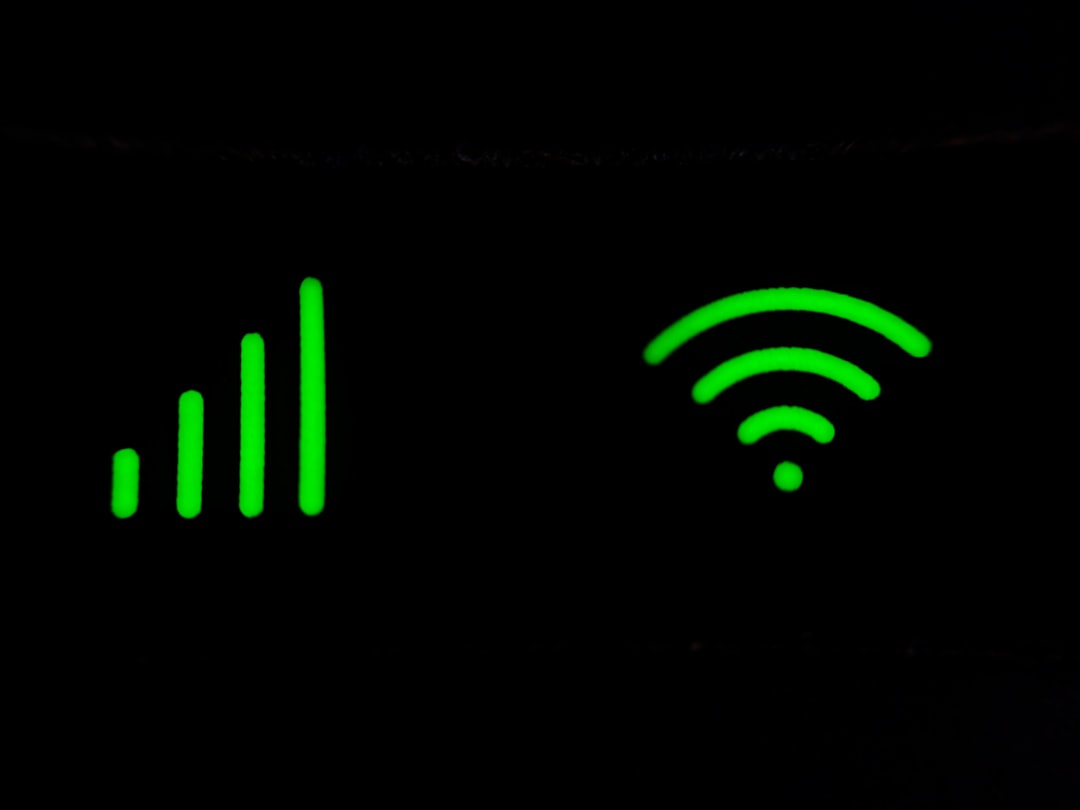Wi-Fi has become essential in our lives—almost as vital as electricity. From homes to offices, coffee shops to airports, wireless internet access powers everything from work emails to video streaming. But behind the scenes, not all Wi-Fi networks are created equal. Different versions of Wi-Fi represent significant leaps in performance, capacity, and capabilities. Understanding these versions, known as Wi-Fi standards, can help you make smarter decisions when purchasing routers, devices, or planning network infrastructure.
Contents of Post
What Are Wi-Fi Standards?
Wi-Fi standards are a set of protocols developed by the Institute of Electrical and Electronics Engineers (IEEE) and managed under the designation IEEE 802.11. Each revision or amendment to this set of standards introduces improvements in speed, range, and more. Importantly, these are backward-compatible, meaning your newer devices generally work on older Wi-Fi networks—though not always optimally.
To make things easier for consumers, the Wi-Fi Alliance introduced user-friendly version numbers. This system replaced the more technical naming used in IEEE standards. For instance, 802.11ac is now known as Wi-Fi 5.
Summary of Wi-Fi Versions
Below is a breakdown of the major Wi-Fi standards you are most likely to encounter, what each offers, and what it means for your connectivity experience.
- Wi-Fi 1 (802.11b) – Released in 1999
- Wi-Fi 2 (802.11a) – Also released in 1999
- Wi-Fi 3 (802.11g) – Released in 2003
- Wi-Fi 4 (802.11n) – Released in 2009
- Wi-Fi 5 (802.11ac) – Released in 2014
- Wi-Fi 6 (802.11ax) – Released in 2019
- Wi-Fi 6E – Extended version of Wi-Fi 6, released in 2020
- Wi-Fi 7 (802.11be) – Still emerging, expected to be finalized in 2024
Wi-Fi 1 and Wi-Fi 2: The Pioneering Days
Wi-Fi 1 (802.11b) and Wi-Fi 2 (802.11a) were the first mainstream standards introduced in 1999. 802.11b operated on the 2.4 GHz frequency band and offered a maximum speed of 11 Mbps. Meanwhile, 802.11a used the 5 GHz band for up to 54 Mbps. While 802.11a was faster, 802.11b became more popular due to its lower costs and better range in real-world environments.
These early versions laid the groundwork for what would become a wireless revolution, even if they are now obsolete.
Wi-Fi 3 (802.11g): Bridging the Gap
Introduced in 2003, Wi-Fi 3 combined the best aspects of its predecessors—operating on the 2.4 GHz band like Wi-Fi 1, but with speeds similar to Wi-Fi 2 (up to 54 Mbps). At this point, wireless routers began to appear commonly in homes. However, interference issues on the crowded 2.4 GHz spectrum still limited performance and reliability.
Wi-Fi 4 (802.11n): A Step Into Modernity
Wi-Fi 4, released in 2009, brought transformative changes. It supported both 2.4 GHz and 5 GHz bands and introduced technologies such as Multiple Input Multiple Output (MIMO), increasing theoretical speeds to 600 Mbps under optimal conditions. Routers became more potent and capable of supporting multiple devices effectively.
For many consumers, Wi-Fi 4 offered the first glimpse of stable, high-speed wireless internet suitable for video streaming and online gaming.
Wi-Fi 5 (802.11ac): Emphasizing Speed
Wi-Fi 5, introduced in 2014, focused exclusively on the 5 GHz band, resulting in less interference and notably higher speeds—up to 3.5 Gbps in ideal conditions. This standard introduced features like beamforming and MU-MIMO (Multi-User MIMO) to further enhance performance across multiple devices.

Wi-Fi 5 cemented the transition from wired to wireless for many users, powering the growth in mobile streaming, cloud services, and smart home devices.
Wi-Fi 6 (802.11ax): Speed Meets Efficiency
Introduced in 2019, Wi-Fi 6 represented a shift from focusing purely on speed to optimizing efficiency, network capacity, and battery performance. Notable features include:
- OFDMA (Orthogonal Frequency Division Multiple Access): Allows multiple devices to share the same channel simultaneously, reducing latency.
- TWT (Target Wake Time): Increases battery life for IoT and mobile devices.
- Improved MU-MIMO: Extends multi-user capabilities to uplink as well as downlink.
Wi-Fi 6 supports both 2.4 GHz and 5 GHz bands and offers maximum theoretical speeds of around 9.6 Gbps. Its real strength lies in dense environments like stadiums, offices, or homes filled with connected devices.
Wi-Fi 6E: Unlocking the 6 GHz Spectrum
Wi-Fi 6E, released shortly after Wi-Fi 6, utilizes a newly available 6 GHz frequency band. This clean and less congested airspace enables faster data rates, reduced latency, and more responsive connections. However, devices must specifically support this frequency to take advantage of it.

For power users, smart home aficionados, and businesses requiring ultra-reliable connections, adopting Wi-Fi 6E can offer significant benefits—particularly in environments saturated with wireless devices.
Wi-Fi 7 (802.11be): The Near Future
Anticipated to finalize in 2024, Wi-Fi 7 will build upon the foundation laid by Wi-Fi 6 and 6E. Key innovations expected include:
- 320 MHz channel support: Doubling the bandwidth of Wi-Fi 6.
- Multi-Link Operation (MLO): Combines multiple bands for increased throughput and reliability.
- 4096-QAM: Enhances data encoding efficiency for even faster data transfer.
With theoretical speeds up to 46 Gbps, Wi-Fi 7 is poised to support future needs in AR/VR, ultra-HD streaming, and real-time enterprise applications.
Choosing the Right Wi-Fi for Your Needs
Not every user needs the latest and greatest. Here’s how to align your Wi-Fi standard with your usage:
- Casual browsing, light streaming: Wi-Fi 4 or Wi-Fi 5 is often sufficient.
- Heavy streaming, online gaming: Wi-Fi 5 or Wi-Fi 6 models are a better fit.
- Smart homes, large families: Use routers and devices that support Wi-Fi 6 or 6E.
- Future-proofing, high-tech devices: Consider waiting for Wi-Fi 7 supported hardware.
Keep in mind the quality of your modem/router and device support is just as crucial. Upgrading one without the other often fails to show real-world improvements.
Conclusion
Wi-Fi standards continue to evolve, shaping the way we interact with the digital world. Whether it’s smartphones making video calls, tablets streaming in 4K, or smart refrigerators checking the weather, the backbone is a reliable wireless connection powered by evolving IEEE 802.11 protocols.
By understanding what each Wi-Fi version represents, you can make better purchasing decisions, ensure compatibility, and enhance your overall network reliability and performance. In a world increasingly dependent on connectivity, knowing your Wi-Fi can mean the difference between frustration and seamless digital experiences.

